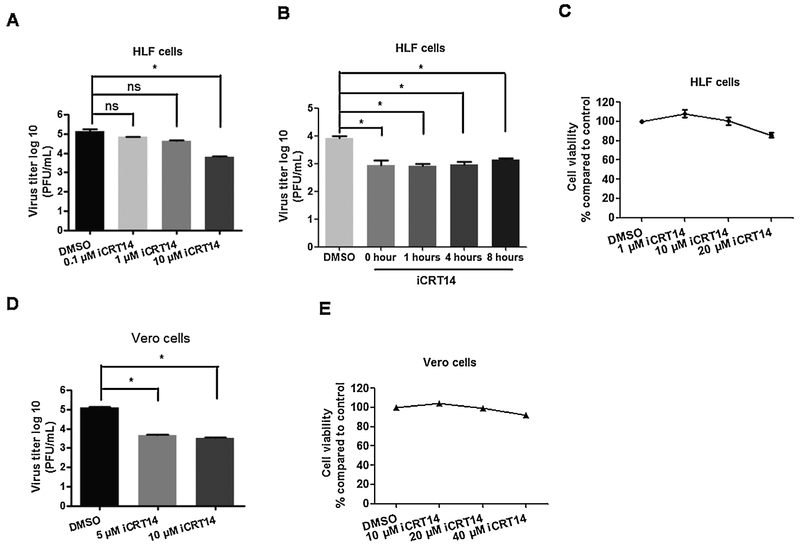Fig. 1. HSV-1 productive infection is reduced by the β-catenin inhibitor iCRT14.
HLF cells (Panels A) or Vero cells (Panel D) were grown in 6-well dishes and then treated with the designated concentrations of iCRT14 for 2 h prior to infection with HSV-1. Cultures were then infected with HSV-1 at a MOI of 1 for 1 h in the presence of iCRT14 or DMSO as a vehicle control. HLF cells were treated with 10 uM iCRT14 at 0 h, 1 h, 4 h or 8 h after infection (Panel B). After extensive washing with PBS, fresh medium containing the designated concentration of iCRT14 or DMSO control was added to cells. Total virus production in the respective cultures was measured by plaque assay at 24 h after infection. These studies were repeated 3 times and an asterisk denotes significant differences between the DMSO control and cultures treated with iCRT14 (* : P < 0.05) as determined by the Student t-test. The designated iCRT14 concentrations were incubated with uninfected HLF cells (Panel C) and Vero cells (Panel E) for 24 h. ATP levels in the respective cultures were measured to assess cell viability using the CellTiter-Glo Luminescent Cell Viability Assay kit (Promega; G7572), according to the manufacturer's instruction.

